The Mamertine Prison is the most terrible prison in Ancient Rome for special prisoners
By Pictolic https://pictolic.com/article/the-mamertine-prison-is-the-most-terrible-prison-in-ancient-rome-for-special-prisoners.htmlPrison is not the most pleasant place. Few people would want to end up even in Norwegian prisons, which are more like boarding houses. But in ancient times, the conditions of imprisonment were so horrific that being sent to prison could be compared to being buried alive. One of the most terrible prisons in history is considered to be the Tullianum, or Mamertine Prison of Ancient Rome.
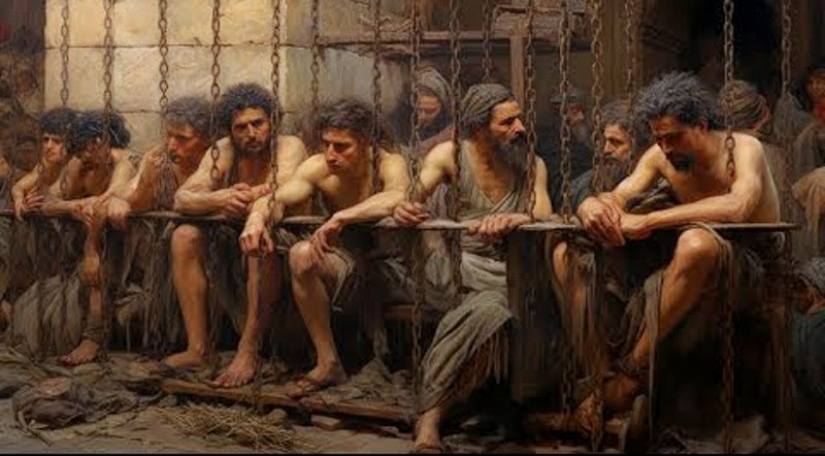
The Roman penal system was pragmatic. The authorities did not seek to keep criminals behind bars for years in the hopes of reforming them. Criminals, rebels and blasphemers were either executed or sent to hard labor, which often became synonymous with death.
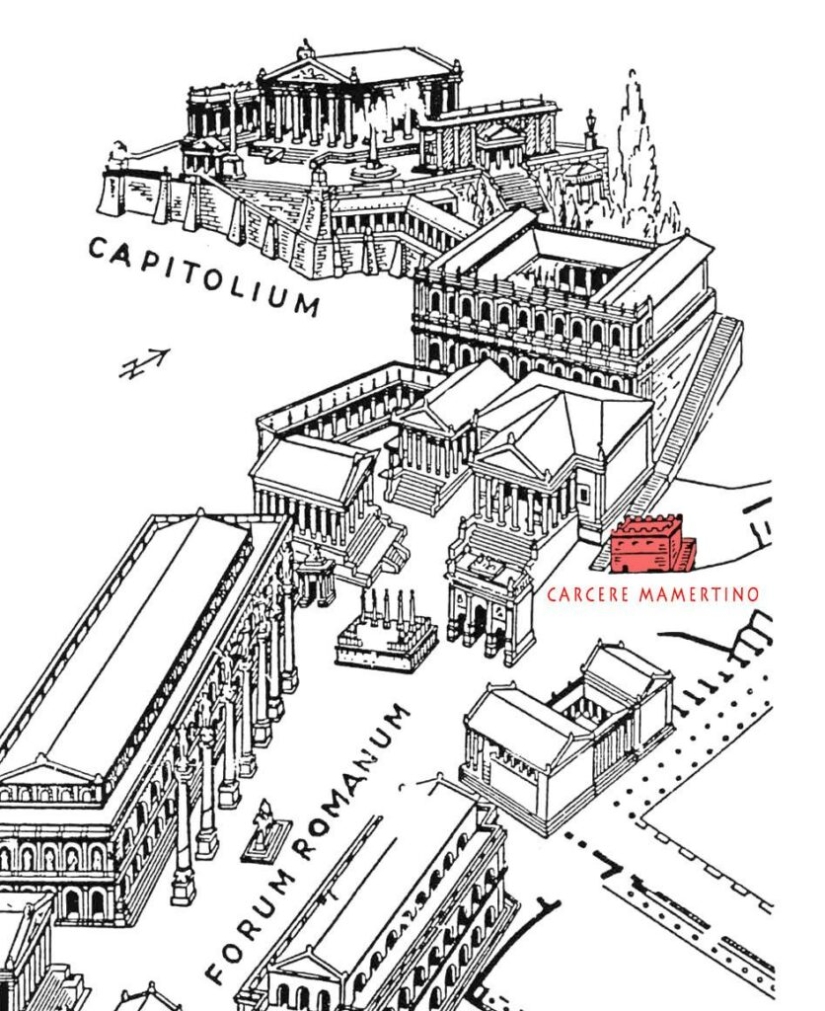
But there were special criminals for whom a quick death or work in the quarries was too light a punishment. For them, the Mamertine prison was built in Rome. True, it was originally called Tullianum, and the modern name appeared much later, in the Middle Ages. It was the very last place in this world where those who broke the law would want to end up.
Opinions differ on when the infamous prison was built. Modern scholars believe that the building was erected in the 3rd century BC. But the ancient historian Livy claimed that the prison received its first prisoners as early as 630 BC, during the reign of the fourth Roman ruler, Ancus Marcius.
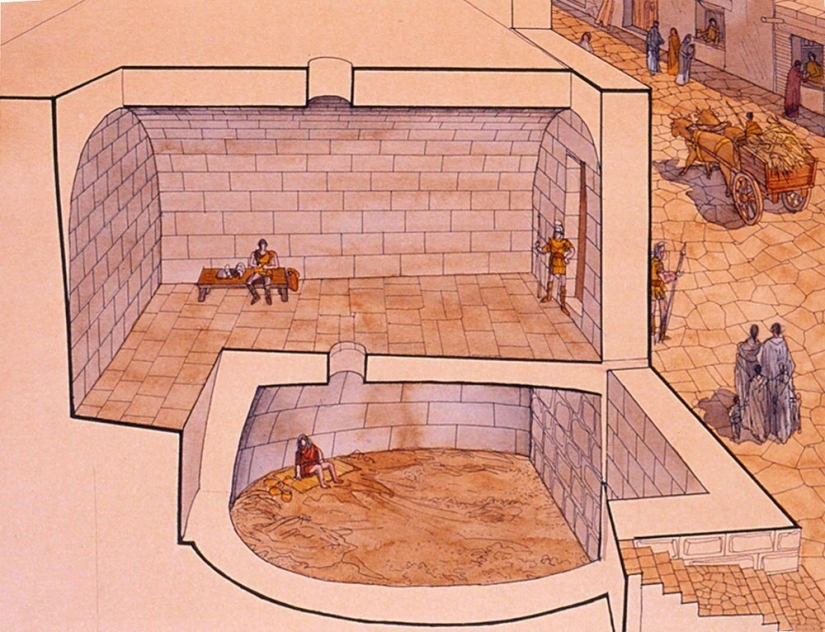
This was a period of rapid growth for Rome, when the city was filled with thousands of people who were not always inclined to earn an honest living. The prison was built on the slope of the Capitoline Hill, not far from where the courts were held. The entrance to the prison overlooked the city and the Forum, a sight that must have increased the despair of the prisoners. For most of them, the terrible prison became their last refuge in this world.
Initially, it was not such a terrifying prison. It was finally turned into the most hopeless place by the ruler Servius Tullius, after whom the dungeon was named Tullianum. The king expanded the building and added a lower cell for especially dangerous prisoners.
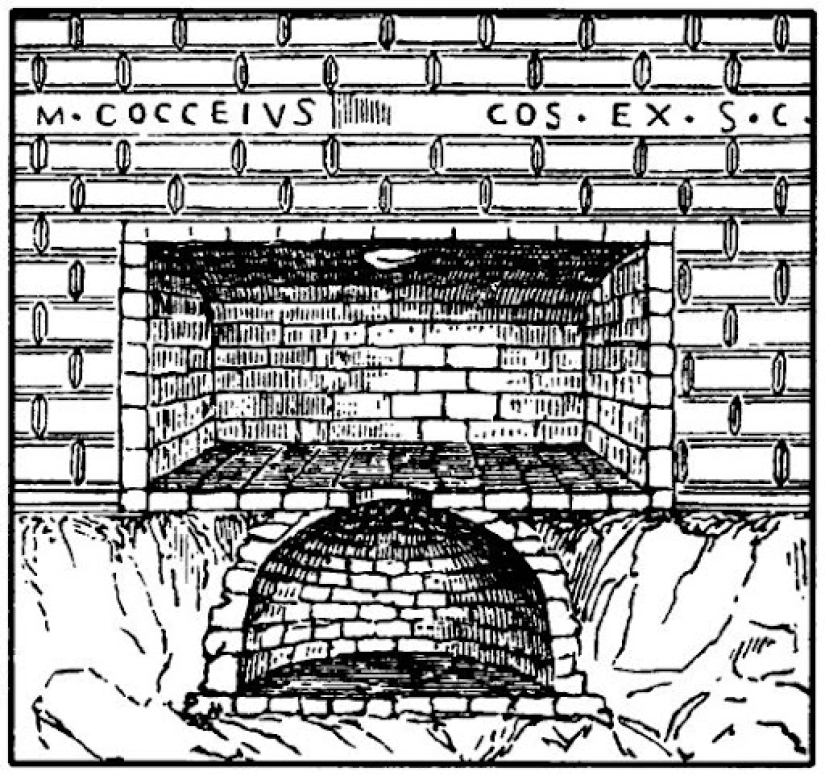
From the outside, the prison did not stand out from the neighboring buildings, only the guards at the entrance hinted at its true purpose. Inside, dampness and darkness reigned. There were no windows, light and air penetrated only through a round hole in the ceiling. In the floor of the only large cell there was a hatch leading to the basement. It was this that was feared more than death.
The Roman historian Gaius Sallustius Crispus, who lived in the 1st century BC, described the place in detail. The height of the lower chamber was 12 Roman feet, or about 3.6 meters. In plan, the chamber had the shape of a circle, missing a small segment. The diameter of the room did not exceed 7 meters.

The hole in the ceiling served as the only entrance, a source of air, and a way to deliver food and water. The bodies of the dead and waste were also removed through it. According to Sallust, the atmosphere in the cell was unbearable: the stench, stuffiness, and dampness could deprive a person of his senses. The jailers did not care about overcrowding: there could be two or three people there, or several dozen.
Titus Livius wrote that in front of the prison entrance there was a hall, from where two staircases led to the dungeon. The jailers threw the bodies of the executed onto them, which were then pulled out of the dungeon with metal hooks. These same hooks were used to drag the bodies through the streets of the city to the Tiber River, where they were thrown. It was strictly forbidden to bury the prisoners of the Mamertine prison.
Prisoners rarely stayed in the lower cell for long. Some died quickly from the terrible conditions, others were soon executed. It could be said that the Mamertine prison served as an ancient Roman pretrial detention center - people were placed here for the duration of an investigation, the outcome of which was predetermined. The location of the prison in the heart of Rome, not far from the Forum, had a profound meaning. It was here that the political life of the Republic, and later the Empire, was in full swing.
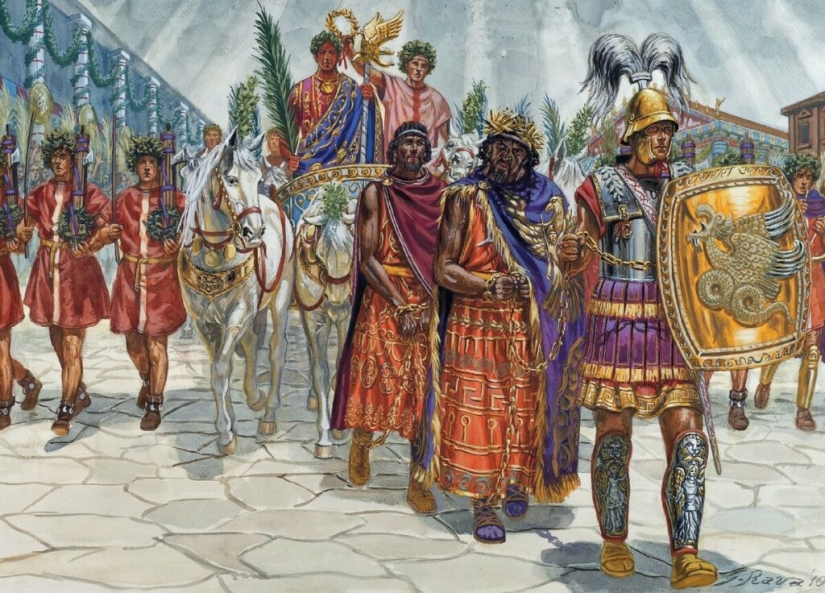
The prison was a kind of reminder of the power of Rome and the inevitability of punishment. In addition, it often became one of the stopping points for triumphal processions. In honor of victories over enemies, Roman rulers organized large-scale processions. In front of the commander or emperor, captured rulers and military leaders were led. This spectacle was intended to make the Romans feel proud of their state and its greatness.
The triumphal processions moved from the Forum to the Capitoline Hill. The procession stopped near the Mamertine Prison. Here the fate of the prisoners was finally decided: the leaders or military commanders were executed at the prison door, and lesser prisoners were locked in the lower cell. Cicero said this about this custom:
Not only defeated enemies ended up in the Tullianum, but also conspirators, traitors, even kings. In 104 BC, the Numidian ruler Jugurtha was executed at the prison walls. Before that, he was paraded through Rome in luxurious robes, like a trophy of victory. In 63 BC, the leaders of the Catiline conspiracy were secretly strangled in the lower chamber.
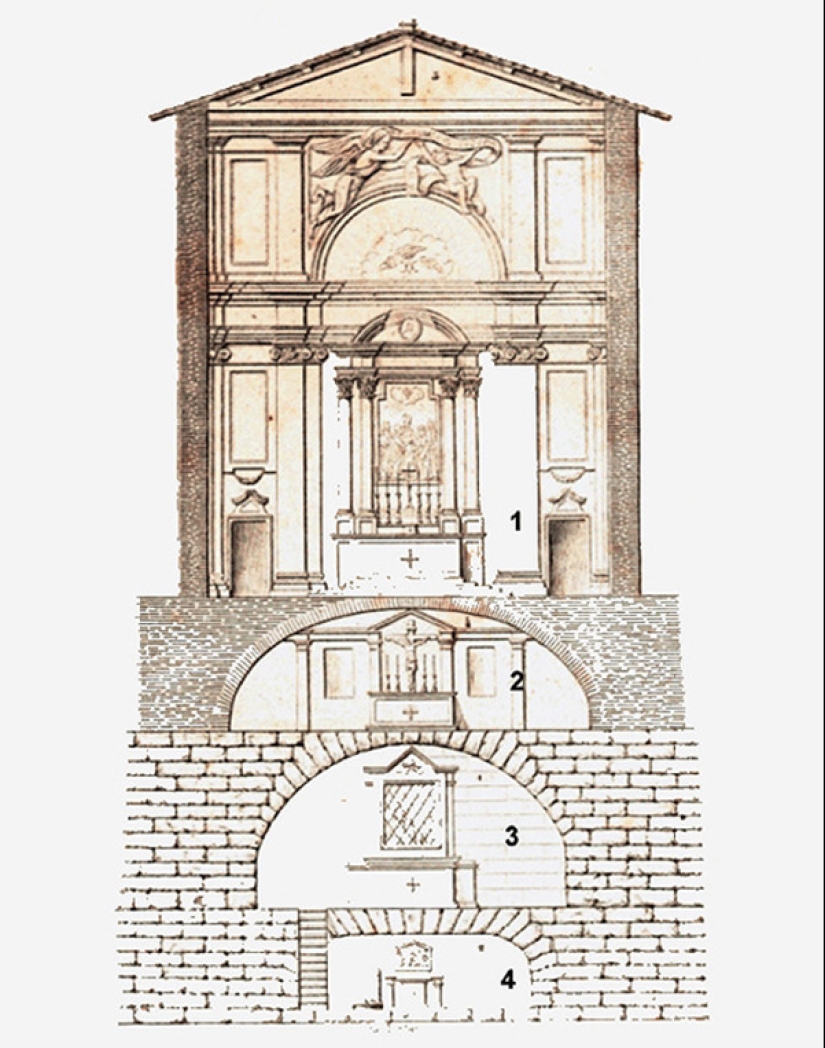
The Gallic leader Vercingetorix, captured by Caesar after the Battle of Alesia, also met his end there. The noble prisoner was beheaded on the platform at the entrance to the prison during a triumphal procession. In 29 BC, the Galatian leader Adiatorix was also dealt with there.
In the Middle Ages, the Mamertine prison was converted into… a Christian church. An altar and everything necessary for worship were installed in the upper room. Later, in the 17th century, a full-fledged church was built on top, where nothing reminded of the most terrible prison of Ancient Rome. But why did they decide to build a church here?
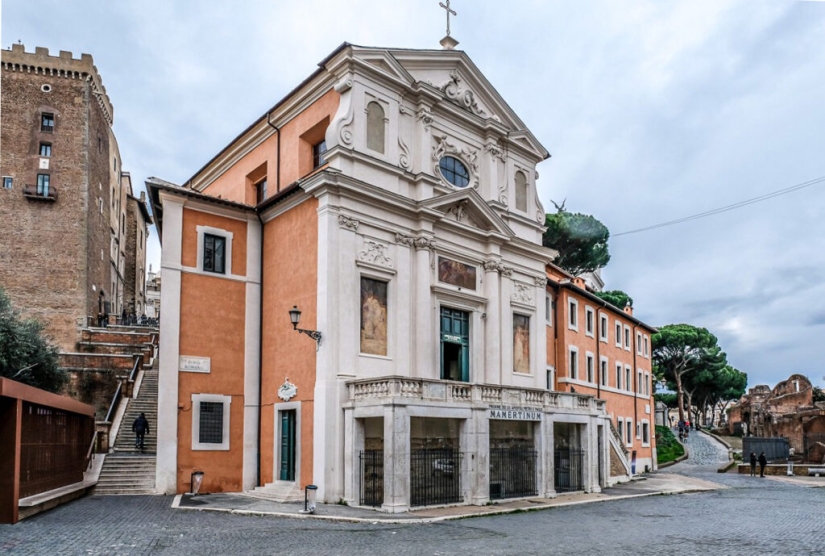
The answer is simple: not only prisoners and conspirators passed through this prison, but also the first Christians. Martyrs of the faith, whose names became known to the whole world, were kept here. It is believed that the apostles Peter and Paul languished in the Mamertine prison before their execution.
What do you think was more frightening for the prisoners of the Mamertine Prison – the terrible conditions of imprisonment or the knowledge that their fate was already sealed? And were there more terrible places of imprisonment in history than this Roman prison? Share your thoughts in the comments!
Recent articles

In recent years, our lives broke a lot of new design trends, allowing you to get the most comfort for the least money. In ...

The late Medieval period from XV to XVII century called the era of Great geographical discoveries. But not everyone knows that it ...

In 1947, LIFE magazine photographer Alfred Eisenstadt took a series of photographs at the Swiss resort of St. Moritz, an island of ...